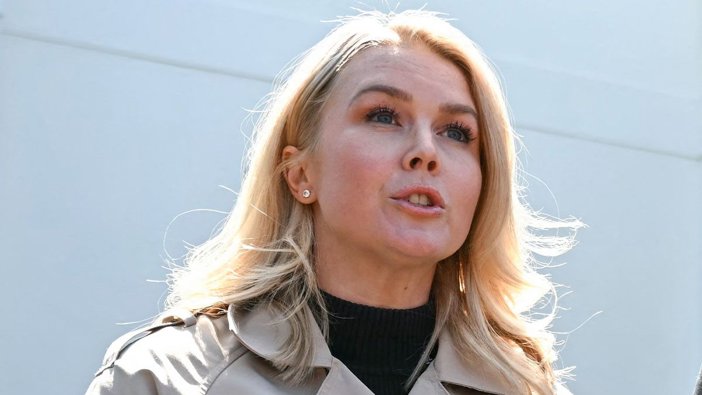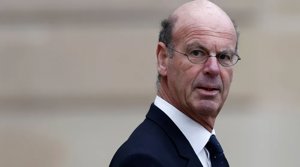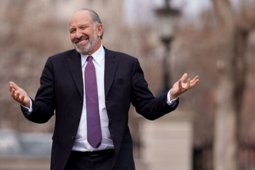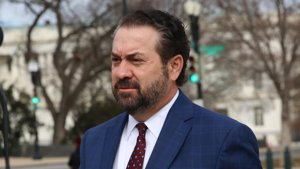
Trump Hikes China Tariffs, Cuts Global Rates
United States President Donald Trump has raised tariffs on Chinese imports to 145%, intensifying the ongoing trade confrontation with Beijing. The new rate follows a previous 125% hike and a 104% increase, underscoring a sharp escalation in response to what the White House calls “imprudent retaliation” by China.
Speaking to reporters, White House Press Secretary Karoline Leavitt confirmed the increase, stating that China “imprudently decided to retaliate.” She added that the tariff hike was necessary and that trade discussions with global partners would continue in parallel. “We have had more than 75 countries from around the world reach out to President Trump and his team here at the White House to negotiate,” Leavitt said, emphasizing the administration’s commitment to individualized talks with trade partners.
As part of this broader strategic shift, Trump implemented a universal 10% tariff on goods from most countries, excluding China. This decision comes alongside a 90-day suspension of reciprocal tariffs for nations that have not retaliated against the U.S., creating a window for negotiations. Leavitt stated that the lowered tariff level will help facilitate discussions, while Treasury Secretary Scott Bessent described China’s move as scoring an “own goal.”
Chinese authorities have responded critically, accusing the U.S. of using tariffs “as a weapon.” The tariff increases have raised concerns about the future of U.S.-China trade relations and the potential for broader economic fallout.
The new policy structure signals a dual-track approach: a hard line toward China, while seeking collaboration with other global partners. The Trump administration’s strategy appears focused on strengthening economic leverage against Beijing while calming tensions elsewhere through temporary tariff reductions and open dialogue.
As the 90-day negotiation period begins, international markets and political observers will be watching closely to assess how the shifting dynamics will influence global trade, supply chains, and diplomatic relationships.






